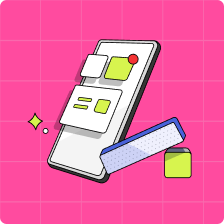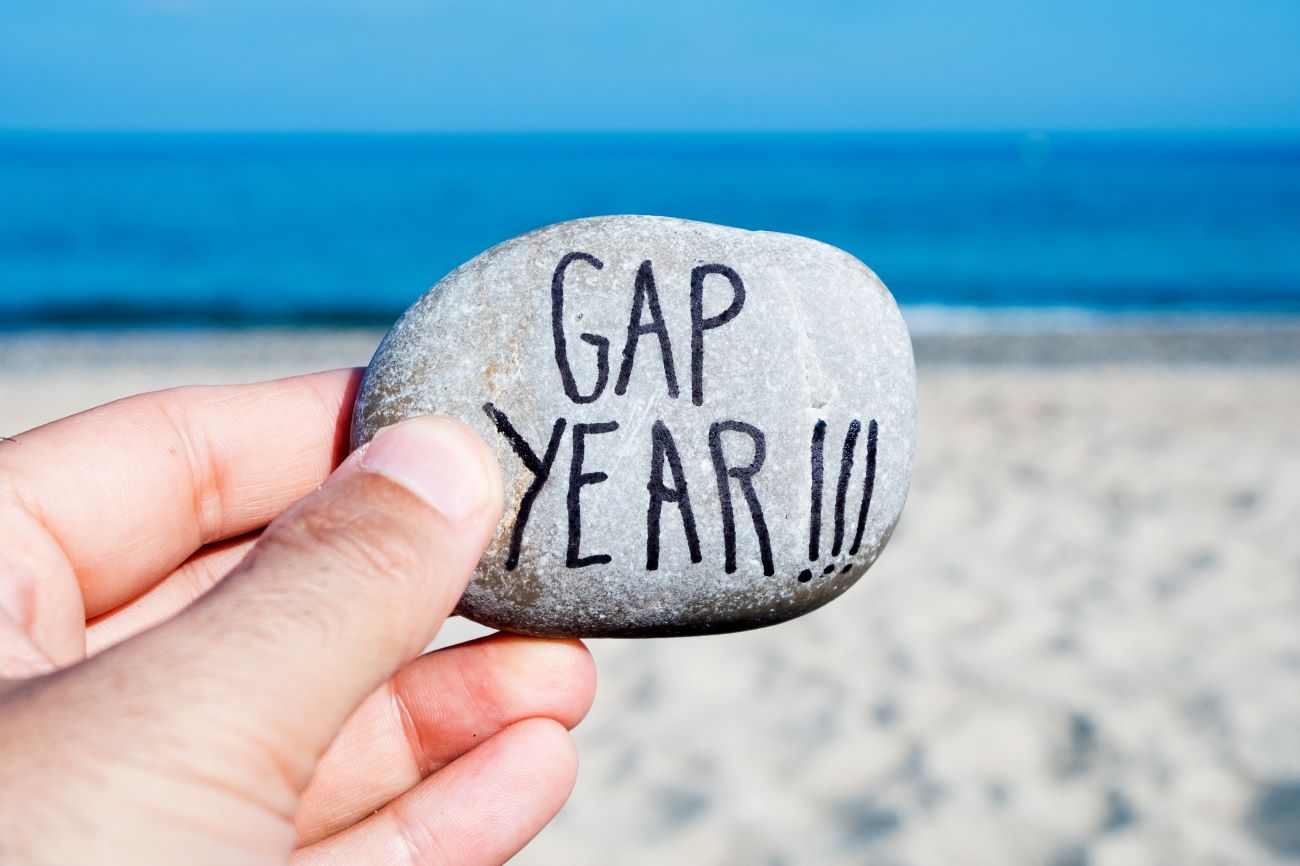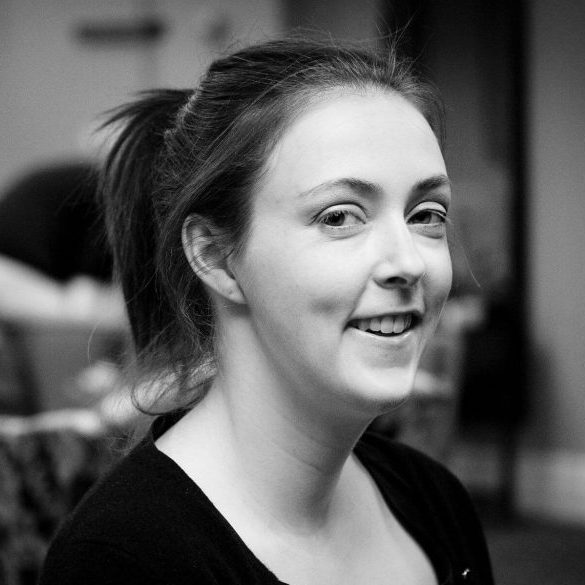A year-long break from homework, deadlines, and exams—if that sounds like a dream come true, you’re not alone. Faced with virtual learning and social distancing, a growing number of Canadian teens are hitting pause on their post-secondary studies and exploring options outside the classroom. And with more headlines popping up about the fast-track generation, the Great Resignation, and career burnout, taking a gap year after high school seems like a healthy choice these days.
Many experts agree that a break between high school and post-secondary education can be beneficial. Even high-profile young people, like Malia Obama, are saying sayonara to traditional studies and joining “the real world” instead.
Of course, it’s not as simple as it sounds. For starters, there are many questions to answer during the planning stages: What should I do in my gap year? How much does a gap year travelling cost? What are the pros and cons of a gap year after high school? A gap year typically requires a lot of research, organization, financial planning, and above all, persistence. But for many teens, the payoff is plenty.
So, if you’re considering taking a gap year, here’s what you need to know about the pros and cons of taking a gap year after high school and how to make the most of your time.
New to Mydoh? Mydoh is a digital wallet and Smart Cash Card for kids and teens. Kids can use it to earn money through tasks and make purchases in-store or online. Parents can monitor spending and activities. Mydoh teaches kids responsible money management and smart financial decisions. Download Mydoh and start your free trial.
What is a gap year after high school?
A gap year is an extended period of experiential learning for students. It can be a few months or a full year, and it’s typically taken after high school and before pursuing post-secondary studies or a career.
Why do students take a gap year?
Most students take a gap year to deepen their practical, professional, and personal awareness and a gap year can involve anything: travel, working, volunteering, or learning a new skill. Consider it a “time out” for personal growth.
“It’s an intentional time spent away from formal education to get ‘real world’ experience and understand who they are outside of a classroom,” says Michelle Dittmer, president and co-founder of the Canadian Gap Year Association (or CanGap). She says that while we traditionally think of a gap year as a pause between high school and university, it can also be an option for university or college students who want to take time off after graduation.
The concept of a gap year has existed for decades, but it started growing in popularity in North America around the 1980s. Since then, numerous experts have written about its merits, the most notable being a New York Times article written by William Fitzsimmons, former Dean of Admissions for Harvard College. Concerned by the “relentless” pressure put on students to succeed and increasing burnout, he wrote about the value of taking a breather.
Fitzsimmions argues that a gap year is fundamentally a time to step back and reflect, to gain perspective on personal values and goals, or to gain life experience.

How many students take a gap year?
Available research suggests that only a small number of Canadian teens opt for a gap year. Data is limited, so it’s tough to nail down an exact number.
“It’s hard to measure because most folks who push pause on formal education don’t necessarily use the term ‘gap year,’” says Dittmer. “A 2020 survey of 17,000 students by Brainstorm Strategy Group found that 33 per cent of post-secondary students had taken time off.”
Similarly, a 2008 study by Statistics Canada found that 30 per cent of Canadian students took off more than four months from school before entering a post-secondary institution, but most did so for financial reasons. Looking south of the border, an estimated 60,000 American students typically postpone college to take a gap year. But that’s relatively small compared to other countries (Europe, Australia, Turkey) where it’s a rite of passage and as many as half of the students take a gap year.
However, times are changing. Surveys from the American Gap Year Association indicate that the gap year has been on “a sharp rise” for at least a decade. The COVID-19 pandemic has also recently played a part, triggering a spike in Canadian youth deferring post-secondary studies in favour of a “discovery year.”
Benefits of taking a gap year after high school
Whether it’s becoming fluent in French or gaining experience in a hot new industry, there are countless benefits to taking a gap year before university. You could even volunteer, which does good for you and the community. Regardless, it’s a special time in your life when you’re not bogged down by responsibilities and can just explore the “real you.”
Nonetheless, many parents fret that a gap year may hinder their child’s educational success or career prospects. But that’s not so! The available research supports that a gap year can boost both things.
“Studies show that, compared to their non-gapping peers, gappers have higher GPAs, graduate in fewer years and are more involved on campus,” says Dittmer. “They are also more likely to find a job once they graduate.”
Plus, non-gappers veer “off-track” too. An estimated 38 per cent of college and university students will drop out or change majors, which can mean wasted time and tuition. Whereas research validates that gap experiences can influence—and even solidify—a teen’s academic and career choices.
There are financial and emotional benefits as well. Many teens take gap years to shrink student debt by earning money, while others recharge their mental batteries so they can thrive in university, college, or the workplace.
“Because each gapper and gap year is unique, the benefits are also unique,” says Dittmer. “Overarching benefits are increased confidence and independence, career clarity, and renewed mental health.”
Seeing the advantages, an increasing number of colleges and universities are backing the idea of a “discover year,” with some even developing formal programs. Heck, there’s even a Harvard Gap Year Association “to advocate for the importance of taking Gap Years to prospective students and admitted students” as well as help returning “gappies” transition back to college life.
Still skeptical? Check out these four benefits of taking a year off after high school and gap year benefit statistics:
Improves academic outcomes
- According to the Gap Year Association, 90 per cent of gap year students go on to enroll in a four-year institution within one year of completing their gap year
- Studies show that students who take a gap year perform better academically than their non-gap-year classmates. For example, on average, gappers had shorter times to graduation and higher GPAs as compared to national norms
- Gap experiences influence academic major and career paths: 60 per cent say the experience either “set me on my current career path/academic major” or “confirmed my choice of career/academic major.”
Improves career prospects
- 88 per cent of gap year graduates report that their gap year “significantly added to their employability” and students who have taken a gap year overwhelmingly report being satisfied with their jobs.
- 67 per cent of hiring managers say it is beneficial for students and recent graduates to take a gap year during the pandemic, and 21 per cent of hiring managers are more likely to hire a candidate who had taken a gap year.
- The Canadian Education Project reports that gap year students are less likely to change career paths once they return to school.
Higher civic engagement
- Gappers experience higher levels of civic participation (e.g., They vote! They volunteer!) compared to national norms.
Provides clarity and purpose
- 78 per cent of students who took a gap year say it helped clarify what they wanted to do in their life.
What are the cons of taking a gap year?
It’s not all rainbows and unicorns: there are some disadvantages of taking a gap year, starting with the cost. If the plan is to globe-trot, take courses, or volunteer, you’ll need cash to make it happen. For example, some estimate that an immersive, year-long international program could rack up a bill for $35,000 (USD) or more.
Planning the #BestYearEver also means doing your homework. Sure, volunteering at a wildlife sanctuary sounds cool, but have you read the reviews or talked to past participants? Hitting the job market requires updating your resume and prepping for interviews.
Backpacking abroad looks awesome on Instagram, but does your budget balance? From creating a budget to consulting knowledgeable people to completing paperwork, planning for a gap year can be a part-time gig.
“Gap years require a lot of research, planning and effort,” says Dittmer. “The biggest fear is that the gapper wastes their time. So, being able to set goals, stay accountable and manage your time are all factors to be considered.”
Another downside? Prepare to encounter some naysayers along the way. Since “gapping” isn’t as popular in Canada, not everyone will react with enthusiasm or understand the purpose of a discovery year (like, maybe your parents?).

5 things to do during a gap year as a teen
Grappling with how to spend your gap year? Here are a few ideas for the best things to do during a gap year.
1. Work
Let’s be real: post-secondary education is expensive and earning some dough to foot the bill is a smart move. Plus, a year on the job offers more than just money: it’s also an opportunity to get your first job, bulk up your resume as a teen, network with hiring managers, and build up a pool of references. You’ll also get a chance to test drive a possible career path before shelling out big bucks for a degree or diploma.
2. Travel
Savouring new foods, marvelling at world wonders, befriending interesting people—travel can be transformational. Oh, the places you’ll go! You might even work and study along the way.
But not without a plan first. Start by creating a budget and then look at what destinations are affordable. For instance, expect to fork over between $50 to $100 (USD) per day for living expenses, meals, and experiences in Europe, which is roughly $1,500 to $3,000 (USD) per month. Meanwhile, countries like Vietnam are more wallet-friendly, offering humble apartment rentals for as little as $250 (USD) a month and meals for a buck or two.
Crunching the numbers can help narrow your travel choices. You may even want to consider working with a travel agent, who can help with pricing, bookings, and logistics.
If you’re on a shoestring budget, another option is to work and travel abroad. International Experience Canada (IEC) offers a shortcut to getting a job overseas, as the Canadian government has agreements with over 30 countries and foreign territories (including Australia, New Zealand, Costa Rica, and Japan) to make it easier for Canadian youth to work and travel abroad. So if you’ve ever wanted to work on a sheep station in the outback of Australia or work in a ski resort in Japan, start by completing an application online.
3. Volunteer
Whatever your passion, there’s likely an opportunity where you can lend a hand at home or abroad and give back to the community. To get you started, here are a few reputable resources to find volunteer opportunities for young Canadians:
Canada Service Corps (CSC): This Government of Canada program helps youth find meaningful volunteer service placements that focus on building essential life skills and experience. The website includes a database that lists over 100 organizations delivering CSC-funded volunteer service placements across Canada. They work in a variety of areas, including reconciliation, the environment, civic engagement, and more.
CanGap: Offers a database of gap year volunteer opportunities and internships in Canada and abroad.
World University Service Canada (WUSC): This Canadian non-profit organization works to “create a better world for all young people” and offers volunteer opportunities in Canada and abroad.
International Youth Internship Program (IYIP): This government program offers Canadian youth the opportunity to gain professional experience abroad in the field of international development, and to acquire skills that will prepare them for future employment or further their studies. Internships are offered through different Canadian partner organizations across 45 countries.
The Volunteer Cooperation Program (VCP): A Government of Canada program that provides opportunities for skilled Canadians (including youth!) to participate in international development assistance efforts.
4. Learn new skills
Maybe you’re inspired to master French cookery in Paris or get scuba certified in Australia. You can also learn a skill closer to home: whether it’s taking horticulture classes at the local botanical garden or enrolling in online coding courses, you never know when these so-called hobbies may pay off later.
5. Plan your next step in life
After almost 15 years of schooling, it’s only natural to crave a breather. A break from a traditional learning environment gives you time to plan your next move, research schools, and contemplate your career path.

How to make the most of a gap year
From deciding how to spend your gap year to saving money to travel, Dittmer shares her “gap year golden rules” for making the most of a gap year:
Goals before Google: Know what you want to get out of your gap year before you start blindly searching online. “Ninety five per cent of gap year opportunities are not ‘Googleable’ using the ‘gap year’ term. Think about internships, volunteer opportunities, courses, travel, and so forth,” says Dittmer.
Do your homework: When deciding “to gap or not to gap,” Dittmer says to be rigorous and “compare apples to apples.” For instance, you know what school looks like (classes, exams, papers, etc.), but do you really have a full picture of your gap year? It’ll take some digging. “Look at gap year options the same way you explore post-secondary programs and come up with a loose plan of what you might like to do. Then find support on how to do those things.” Dittmer recommends listening to the Gap Year Planning Podcast.
Get help: There are hundreds of organizations and opportunities for young people to get involved in just about anything. Go find them! The Canadian Gap Year Association has some great resources and recommendations.
Build a system to keep you on track. When it comes to setting goals and making plans, accountability buddies are your BFFs. “Find a mentor who you will check in with and get support from. Our gap year starter checklist has some great tips,” says Dittmer. She also recommends joining the Gapper Connect Community or the Gap Year Gameplan program.
Expect to spend: No matter what your plans are, you’ll need to open your wallet. Even having a job brings costs, such as buying a work wardrobe or covering commuting expenses. Enrolling in courses or activities adds up, as do flights to hop from country to country. “Don’t shy away from spending money on your gap year to develop new skills or have experiences,” says Dittmer. “Just prepare for it.”
Budget like a boss: Be real about what you can afford. That starts with learning budgeting basics and setting financial goals. “Some folks work for the year and come out with a healthy bank account, while others come out even, and some choose to invest in experiences,” says Dittmer. “Gap years come in all budgets.”
Start earning and saving: If your gap year comes at a high price, start earning and saving now. You can use the Mydoh allowance app to bank some dough, or make money online as a kid. For a fun saving method, you could join the 52-Week Money Challenge. How it works: you start by saving $1 in Week 1 and then increase your savings by $1 each week thereafter. By the time you hit Week 52, you’ll have saved $1,378. The 365-day Money Challenge is the same idea: you save a little more every day, starting with $0.01 on Day 1 and then increasing your contributions by $0.01 daily. By day 365, you’ll have banked $667.95!
Tip: Our free savings goal calculator will do that math for you! Enter your earnings, what you spend, and see how many weeks it’ll take to save for your gap year goals.
Apply for financial aid: If you’re willing to do paperwork, you may snag some free money for a discovery year. For instance, CanGap is launching gap year scholarships and RBC offers $1,500 scholarships that are ideal for gappers.
Is taking a gap year worth it?
As Dittmer says, “A gap year is not for everyone.” It’s a personal choice, and it will take a little soul-searching to decide whether now is the right time. The first step is to contemplate your goals and ambitions and a realistic plan for achieving them. Reach out to experts and past participants to get the goods on “gapping 101,” and thoroughly research your options.
Lastly, a balanced budget is essential to a successful gap year. Now is the time to sharpen your money management chops and explore the financial side of a year-long break from school. A good place to start is the Mydoh app, which is designed to give teens real-world experience of making their own money.
A time out from the classroom may feel daunting but just remember: it’s a once-in-a-lifetime journey that will undoubtedly shape your future self.
Download the Mydoh app and Smart Cash Card to help teens develop financial independence and smart money habits during their gap year – you can even set a savings goal, track spending, and start budgeting right away!
This article offers general information only and is not intended as legal, financial or other professional advice. A professional advisor should be consulted regarding your specific situation. While the information presented is believed to be factual and current, its accuracy is not guaranteed and it should not be regarded as a complete analysis of the subjects discussed. All expressions of opinion reflect the judgment of the author(s) as of the date of publication and are subject to change. No endorsement of any third parties or their advice, opinions, information, products or services is expressly given or implied by Royal Bank of Canada or its affiliates.








